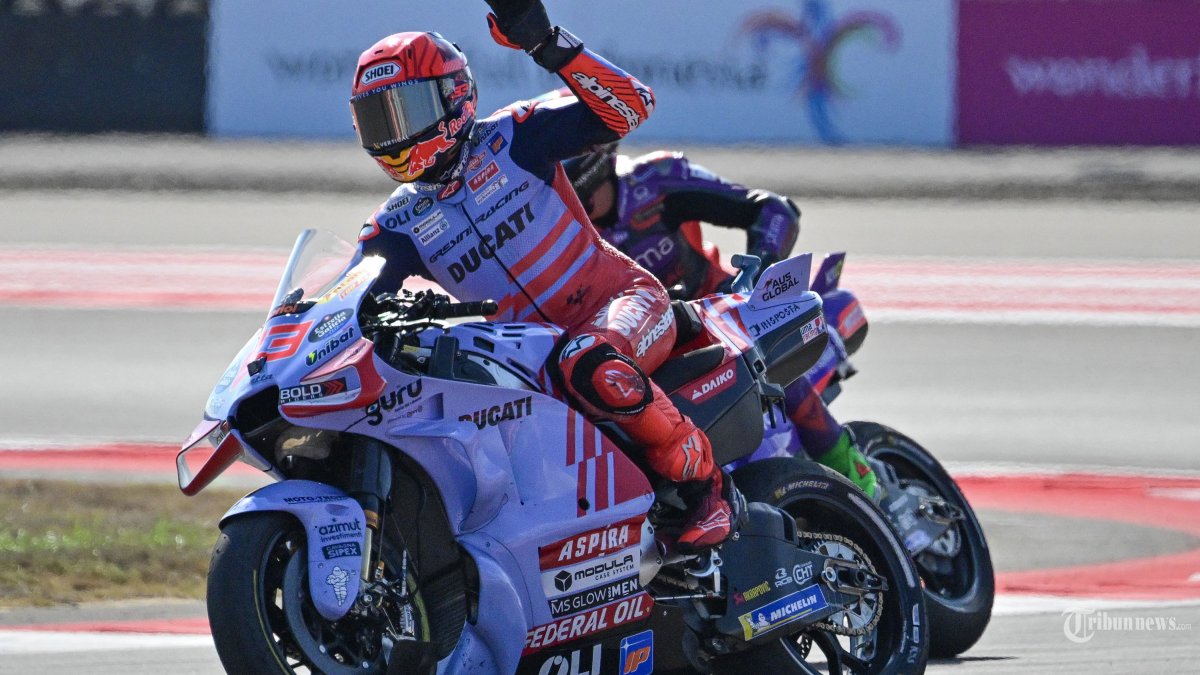A Critical Analysis Of The Hells Angels

Table of Contents
The History of the Hells Angels: From Post-War Rebels to Global Criminal Enterprise
The Hells Angels Motorcycle Club's history is a tapestry woven with threads of rebellion, violence, and criminal enterprise. Its origins trace back to the post-World War II era in the United States, a time of social upheaval and a yearning for freedom among returning veterans. The early members, often ex-servicemen, found camaraderie and a sense of belonging within the club's burgeoning ranks. The initial years saw the Hells Angels establish themselves in California, quickly becoming known for their boisterous behavior and disregard for authority.
-
Post-World War II origins and early membership: Founded in 1948 in Fontana, California, the initial Hells Angels were largely composed of veterans seeking a sense of community and purpose. Their rebellious spirit and disdain for societal norms quickly established them as a distinct entity.
-
Expansion across the United States and internationally: From their Californian roots, the Hells Angels expanded their reach across the United States and eventually into numerous countries worldwide, establishing a global network of chapters. This expansion was often accompanied by conflict and turf wars.
-
Key conflicts and rivalries with other motorcycle clubs (e.g., Bandidos, Mongols): The Hells Angels’ history is punctuated by violent conflicts with rival motorcycle gangs, most notably the Bandidos and Mongols. These conflicts, often fueled by territorial disputes and control over lucrative criminal enterprises, have resulted in numerous deaths and injuries.
-
Evolution of their image and public perception over time: The Hells Angels' image has evolved over time, shifting from a counter-culture symbol to a recognized criminal organization. Media portrayals, often sensationalized, have contributed to this perception. However, the Hells Angels themselves cultivate a carefully constructed image that blends rebellion with a sense of brotherhood.
The Organizational Structure of the Hells Angels: A Decentralized Network of Power
The Hells Angels' organizational structure is a complex and sophisticated system designed for both internal control and the effective execution of criminal activities. It's characterized by a hierarchical system, with chapters operating under a national or international umbrella. While seemingly decentralized, this structure allows for a degree of autonomy while maintaining overall cohesion and control.
-
The "1%er" patch and its significance: The infamous "1%er" patch symbolizes the Hells Angels' rejection of mainstream society and their embrace of outlaw biker culture. It's a declaration of their status as outside the law.
-
Charter system and chapter autonomy: The club operates on a charter system, with individual chapters holding a degree of autonomy within their respective territories. This decentralized structure makes it difficult for law enforcement to infiltrate and dismantle the entire organization.
-
Internal rules, regulations, and discipline: The Hells Angels maintain strict internal rules and a rigorous system of discipline. This ensures conformity and loyalty within the organization. Violations can result in severe consequences, including expulsion or violence.
-
Secrecy and the challenges of infiltration and investigation: The Hells Angels' inherent secrecy, coupled with their strong sense of loyalty and code of silence, makes infiltration and investigation exceptionally challenging for law enforcement.
Criminal Activities of the Hells Angels: A Wide Range of Illegal Enterprises
The Hells Angels' involvement in criminal activities is extensive and well-documented. Their operations encompass a wide range of illegal enterprises, generating substantial profits and consolidating their power.
-
Drug trafficking (e.g., methamphetamine, cocaine): Drug trafficking is a cornerstone of the Hells Angels' criminal enterprise. They're involved in the production, distribution, and sale of various illicit drugs, including methamphetamine and cocaine, on a large scale.
-
Arms trafficking: The Hells Angels are also implicated in the illegal trade of firearms, providing weapons to other criminal organizations and using them to maintain control and enforce their will.
-
Extortion and racketeering: Extortion and racketeering are frequently employed to generate income and intimidate rivals or those who threaten their operations. This includes protection rackets and various forms of intimidation.
-
Violence and murder: Violence is an inherent aspect of the Hells Angels' operations, used to resolve conflicts, intimidate rivals, and enforce their dominance. Numerous instances of violence and murder have been linked to the club.
-
Money laundering: To conceal their ill-gotten gains, the Hells Angels employ sophisticated money laundering schemes, often using legitimate businesses as fronts.
The Impact of the Hells Angels: Social, Legal, and Cultural Consequences
The Hells Angels' activities have far-reaching consequences, impacting society on multiple levels. Their presence creates challenges for law enforcement, shapes public perception, and affects the communities in which they operate.
-
Law enforcement challenges and strategies for combating Hells Angels activities: Combating the Hells Angels presents significant challenges for law enforcement. Their decentralized structure, secrecy, and willingness to use violence make investigations and prosecutions complex and demanding.
-
Public perception and media representation of the Hells Angels: Media portrayals often sensationalize the Hells Angels, reinforcing the public perception of them as violent and dangerous criminals. This perception, while often accurate, can also overshadow the complexities of their organization and activities.
-
The impact of Hells Angels activities on local communities: The Hells Angels' presence can create a climate of fear and intimidation in local communities, impacting residents' safety and well-being.
-
Legal battles and court cases involving the Hells Angels: The Hells Angels have been involved in numerous legal battles and court cases, often facing charges related to drug trafficking, violence, and other criminal activities.
Conclusion
This critical analysis reveals the Hells Angels Motorcycle Club as a complex organization with a long and violent history. Their intricate organizational structure, combined with their extensive involvement in various criminal activities, presents a significant challenge to law enforcement and society at large. Understanding the Hells Angels, their operations, and their impact is crucial for developing effective strategies to combat their illegal operations and protect communities from their harmful activities. Further research into the Hells Angels is crucial for understanding the dynamics of organized crime and developing effective strategies to combat their illegal operations. For more in-depth information on the Hells Angels and outlaw motorcycle gangs, continue your research using relevant keywords like "Hells Angels Motorcycle Club," "outlaw motorcycle gangs," and "organized crime."

Featured Posts
-
 Wildfire Betting A Grim Indicator Of Societal Shifts In Los Angeles
May 26, 2025
Wildfire Betting A Grim Indicator Of Societal Shifts In Los Angeles
May 26, 2025 -
 Mzahrat Hashdt Btl Abyb Ttalb Bewdt Alasra
May 26, 2025
Mzahrat Hashdt Btl Abyb Ttalb Bewdt Alasra
May 26, 2025 -
 Vivre Parmi Les Gens D Ici Guide Du Nouveau Resident
May 26, 2025
Vivre Parmi Les Gens D Ici Guide Du Nouveau Resident
May 26, 2025 -
 Klasemen Moto Gp Terbaru Hasil Sprint Race Moto Gp Argentina 2025 And Kemenangan Marc Marquez
May 26, 2025
Klasemen Moto Gp Terbaru Hasil Sprint Race Moto Gp Argentina 2025 And Kemenangan Marc Marquez
May 26, 2025 -
 Is This The End Of An Era Analyzing The New York Rangers Roster Changes
May 26, 2025
Is This The End Of An Era Analyzing The New York Rangers Roster Changes
May 26, 2025
Latest Posts
-
 Migne Auxances Le Soleil Sourit Aux Jaunes Et Noirs De L Usma
May 27, 2025
Migne Auxances Le Soleil Sourit Aux Jaunes Et Noirs De L Usma
May 27, 2025 -
 L Usma Brille A Migne Auxances Un Match Sous Le Signe Du Soleil
May 27, 2025
L Usma Brille A Migne Auxances Un Match Sous Le Signe Du Soleil
May 27, 2025 -
 Usma Victoire Rayonnante A Migne Auxances
May 27, 2025
Usma Victoire Rayonnante A Migne Auxances
May 27, 2025 -
 Migne Auxances Le Succes Eclatant De L Usma Sous Le Soleil
May 27, 2025
Migne Auxances Le Succes Eclatant De L Usma Sous Le Soleil
May 27, 2025 -
 Saint Ouen Lutte Contre Les Regularisations Massives De Charges Un Fonds Pour Les Locataires
May 27, 2025
Saint Ouen Lutte Contre Les Regularisations Massives De Charges Un Fonds Pour Les Locataires
May 27, 2025
